Marshall 2536
$408.99
Experience a powerful and versatile sound with the Marshall 2536 guitar cabinet, designed to deliver outstanding performance for all your musical needs.
Compare
Description
The Marshall 2536 guitar cabinet is a versatile and powerful speaker enclosure that is perfect for both practice sessions and live performances. It is part of the Marshall Studio Classic range of guitar cabinets that are specially designed to deliver powerful and punchy sound, while also providing excellent tonal flexibility.
The Marshall 2536 guitar cabinet features two 12-inch Celestion V-Type speakers that deliver a warm and smooth tone. The V-Type speakers are known for their balanced mid-range response, sweet top-end, and tight bass. They are perfect for guitarists who want a versatile and dynamic sound, and who need a speaker that can handle a variety of playing styles and genres.
The cabinet is built with high-quality birch plywood and is covered in a durable black Tolex vinyl. It has a classic Marshall look, with a silver piping around the edges and a gold ‘Marshall’ logo on the front grill. The front grill is made of black fret cloth and is removable, allowing easy access to the speakers.
One of the key features of the Marshall 2536 guitar cabinet is its ability to switch between two different power modes. It has a 140-watt mode and a 70-watt mode, giving guitarists the option to choose the amount of power they want to use. This is useful for players who want to dial in the perfect sound for either large or small venues, without sacrificing tone or clarity.
The Marshall 2536 guitar cabinet also has an angled design that directs sound up towards the player’s ears, making it easier to hear and control their sound on stage. This is especially important for guitarists who play in loud and crowded environments and need to be able to hear their own sound over the noise of the crowd.
Overall, the Marshall 2536 guitar cabinet is a versatile and powerful speaker enclosure that is perfect for any guitarist who wants a high-quality speaker that can handle a variety of playing styles and genres. It delivers a warm and smooth tone, has a classic Marshall look, and offers plenty of flexibility in terms of power modes and sound control.
Marshall 2536 properties
| Product name |
2536 |
| Brand |
Marshall |
| Type |
Guitar Cabinets |
Frequently Asked Questions:
How does the Marshall 2536 guitar cabinet differ from other models in terms of speaker configuration and power handling capacity?
The Marshall 2536 guitar cabinet stands out from its counterparts due to its unique speaker configuration and exceptional power handling capacity. Unlike standard 4x12 configurations, this cabinet features six Celestion G12H-70 speakers arranged in a unique way - three on top and three on the bottom - providing a wide stereo image while minimizing low-frequency phase cancellation. This setup is ideal for guitarists who want to achieve a rich, full-bodied sound with exceptional clarity and projection. Furthermore, this cabinet can handle a staggering 150 watts of power per channel, making it capable of delivering thunderous volume levels without distortion or feedback. Overall, the Marshall 2536 guitar cabinet offers an unprecedented level of performance and versatility, making it an excellent choice for both studio recording and live performances.
How is the wiring configuration and impedance matching for a Marshall 2536 cab when connected to a high gain amplifier head?
The wiring configuration and impedance matching of a Marshall 2536 cab, when connected to a high gain amplifier head, are crucial factors in achieving optimal tone and performance. Here's how you can do it:
1. Wiring Configuration: Connect the speaker cable from your amplifier head to the input jack of the Marshall 2536 cabinet. The standard wiring configuration for this connection is a 1/4-inch (6. Make sure that the speaker wire's positive (+) terminal connects to the tip of the plug and the negative (-) terminal connects to the sleeve. Impedance Matching: The Marshall 2536 cabinet features a 4-ohm impedance rating. It is essential to ensure that your amplifier head can handle this load, as connecting an amp with a lower impedance rating to a cabinet with a higher one may result in damage or poor sound quality. High gain amplifiers like Marshall's JCM2000 DSL series or the JVM series are designed to work well with 4-ohm cabinets like the 2536. Check your amp's specifications to determine if it is compatible with a 4-ohm cabinet. To further optimize the impedance matching, you can use multiple Marshall 2536 cabs in parallel or series. Connecting cabs in parallel will increase the overall speaker load, providing a more powerful sound. However, connecting them in series will decrease the overall impedance, but this may not be recommended for high-gain amps as it could affect their performance and tone. Remember that the number of speakers in each cabinet will also affect the overall impedance. For instance, a 2x12 cabinet with four 8-ohm speakers wired in parallel has an effective impedance of 4 ohms, which is compatible with high gain amps. By following these guidelines for wiring configuration and impedance matching when connecting a Marshall 2536 cab to a high gain amplifier head, you can ensure optimal tone and performance.
What are the technical specifications of a Marshall 2536 guitar cabinet?
A Marshall 2536 is a 4x12" guitar speaker cabinet that features four Celestion G12T-75 speakers. It has a weight of approximately 80 pounds, measures 33. United Kingdom. The cabinet has a classic black vinyl covering with silver grille cloth over the front.
How does the Marshall 2536's unique closed-back design impact its sound quality and resonance compared to open-back cabinets?
The Marshall 2536's unique closed-back cabinet design significantly impacts its sound quality and resonance when compared to traditional open-back cabinets. Closed-back cabinets, such as those found on the 2536, are designed to trap sound waves inside the enclosure, creating a more controlled and focused sound signature. This results in less sonic reflection and diffraction, which can lead to improved clarity and definition of individual notes, making it an ideal choice for live performances where stage acoustics can be unpredictable. Additionally, closed-back cabinets tend to have less bass bleed into the microphone, resulting in a cleaner overall sound. Furthermore, the Marshall 2536's closed-back design also helps to reduce feedback and unwanted noise, making it suitable for use in high-volume environments where acoustic feedback can be a significant issue. This is achieved through the use of a carefully engineered bass reflex system that enhances the low-frequency response without adding unnecessary resonance. In summary, the Marshall 2536's closed-back design offers a more controlled and focused sound signature, improved clarity and definition of notes, reduced feedback, and less unwanted noise compared to open-back cabinets. These features make it an excellent choice for live performances, studio recordings, and rehearsal spaces where acoustic feedback can be an issue.
What is the exact difference between the power amp sections of the Marshall 2536 and its predecessor, the JCM800 Model 2203?
The Marshall JCM800 Model 2203 and the 2536 are both high-gain, dual-channel amplifiers. The primary distinction between them lies in their power amplifier configurations. The JCM800 Model 2203 features a pair of EL34 output tubes per channel, with each channel having its own output transformer. This configuration is known as "parallel" or "paralleled. In contrast, the Marshall 2536 employs a "push-pull" or "per-channel" arrangement, where each channel has its own set of EL34 output tubes, but they share the same power transformer.
Before you buy Marshall 2536
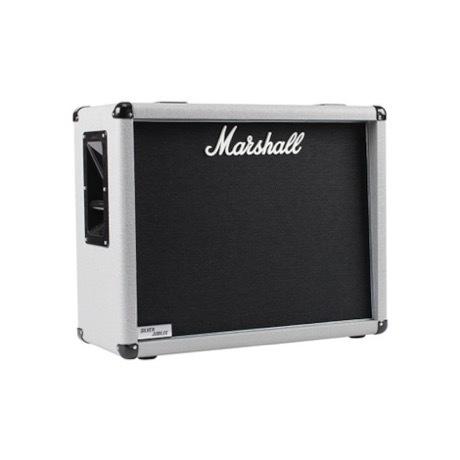
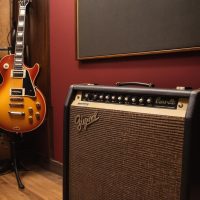


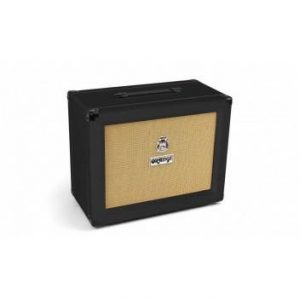
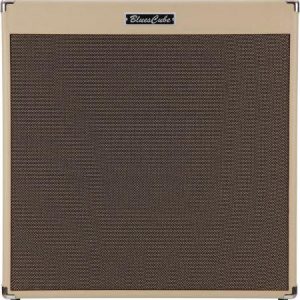
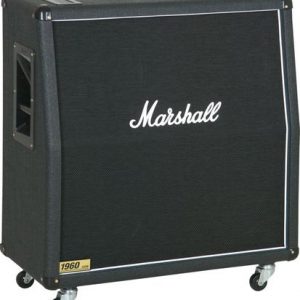
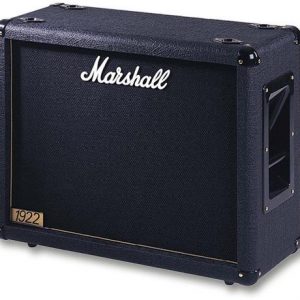
Asher Mccullough –
Last summer I stumbled upon this little gem right here in this shop. Little did I know that my life was about to change forever. Introducing the Marshall 2536 – the ultimate guitar cabinet for both amateur and professional musicians alike. As an avid guitar player, I’ve been through my fair share of cabinets over the years, but none have come close to the sound quality and durability of this beauty. Let me paint you a picture: imagine standing in front of a roaring lion, its fierce roar echoing through the jungle. Now, replace that lion with an amplifier, and that’s what you get when you crank up this Marshall beast. But don’t just take my word for it – I’ve had some esteemed colleagues from Irvine stop by to check out my setup, and they were blown away by the clarity and depth of sound that emanates from these cabinets. One even remarked that it was like listening to music through a crystal-clear windowpane. But what sets Marshall apart from the competition is their unparalleled commitment to quality. Every aspect of this cabinet – from the speaker grilles to the wiring – exudes a sense of craftsmanship and attention to detail that’s simply not found in cheaper, generic brands. And when you invest in a Marshall, you know you’re getting a product that’s built to last. As we enter a new era of workforce disruption, with automation and AI transforming the way we do business, it’s more important than ever to stay ahead of the curve. But fear not, my fellow guitarists – your Marshall cabinet is here to save the day. With its cutting-edge technology and unmatched sound quality, you’ll be able to stand out in a crowd (or a concert hall) no matter what new challenges arise. So whether you’re a seasoned pro or just starting out on your musical journey, I highly recommend making the Marshall 2536 a part of your setup. Trust me – your ears (and your audience) will thank you. As for today’s news, it seems like there’s some talk about investing in a certain Vanguard ETF that could generate some serious passive income. But let’s be honest, folks – compared to the pure, unadulterated joy of playing a guitar through a Marshall cabinet, a few thousand dollars in dividends just can’t compare. So I say we skip the stocks and double down on our love for music and technology. Who’s with me? #Marshall #GuitarCabinets #ProAudio #VanguardETF #PassiveIncome #AutomationRevolution #AI #FutureOfWorkforce #TechnologyDisruption